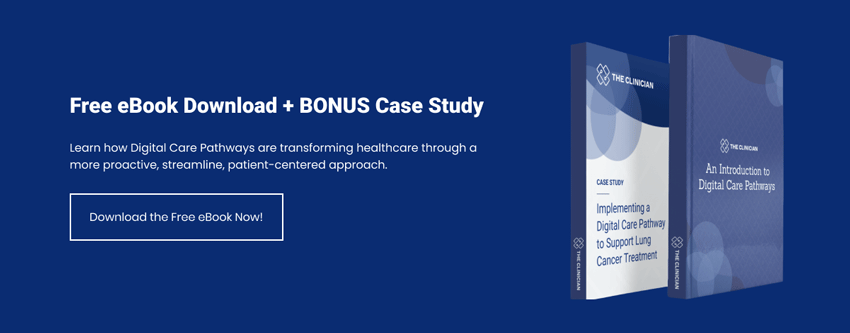Is Your PROMs Completion Rate Low? Here’s Why.
Patient-reported outcome measures (PROMs) are a valuable asset for healthcare providers today, giving them the information they need to measure, analyse, and improve care from the patient’s perspective. But there’s a challenge to collecting this important information:
PROMs were originally designed for use in clinical research. In that controlled environment, PROMs surveys are dutifully completed by patients who have committed to following a protocol. By contrast, when PROMs are incorporated into a patient’s routine care, there is no protocol, no commitment, and no research team to assist. Patients receive the PROMs surveys on paper or electronically and are on their own to respond.
Too often, they don’t. And no matter how sophisticated or brilliant the PROMs program is, if too few patients engage, it’s pointless.
What is the reason for poor participation? Poor user experience is often part of the answer. Not all interfaces are created equally. Those that are most effective are highly engaging and easy for a wide variety of people to use. But even where user experience appears solid, response rates can be low.
Why? In one word, the answer is “disconnection”. When there is a disconnect between the PROMs effort and the rest of the healthcare experience, or patient pathway, the program’s success is in jeopardy. What does “disconnection” look like? It can take several forms:
The PROMs questionnaire is not clearly connected to the patient’s healthcare journey.
An unexpected survey received at a random time with no clear connection to any other part of the patient’s care journey doesn’t command much respect or interest. In fact, it’s easy in this case for a patient to believe that the PROM is entirely separate from the healthcare they are receiving, so they ignore it or set it aside and forget to respond. Patients could even view the request for information with suspicion.
The PROMs questionnaire is not clearly connected to the patient’s healthcare provider.
It’s best if the request for information comes from a human being clearly associated with an institution that the patient knows, but if that human being is a stranger to the patient, the request is still not as compelling as it could be. After all, today we are barraged with requests to provide information to a wide variety of people for one reason or another. Dismissing these requests is easy. In fact, it’s the norm.
On the other hand, if your personal physician asks for your input on the status of your health, that’s not so easy to ignore. People typically want their physicians to know everything about their health. So, a request that’s personalised and includes the patient’s healthcare provider’s name and credentials—maybe even an explanation of the survey and its importance — is much more likely to be answered.
The PROMs questionnaire is not part of a holistic patient journey.
For a PROMs program to be most effective, it needs to be conceived and designed as an integral part of the patient journey. Not as an afterthought, or an add-on, or a nice-to-have. When this is the plan from the outset, and all members of the care team are on board, ongoing measurement of patient-reported outcomes becomes as much a part of the patient’s care as is a prescription or appointment reminder, and patients respond accordingly.
Where these issues are considered and addressed, healthcare organisations see much higher response rates and better patient engagement.
What success looks like.
To address the patient engagement challenge for PROMs programs, we at The Clinician have been working closely with partners and healthcare providers to understand and improve PROM response rates.
By focusing on awareness, education, communication, and clinician involvement, The Clinician have seen impressive results from patient groups in a variety of settings:
Oncology Patient Experience, New Zealand
Response rate (In clinic) = 99%
Concussion Services PROMs Program
Response rate (Remote) = 70%
Australian Digital Health Test Bed, Australia
Response rate (Remote) = 78%
Oncology Patient Experience, Australia
Response rate (In clinic) = 97%
Remote Symptom Monitoring, New Zealand
Response rate (Remote) = 72%
With the ability to demonstrate that a patient’s key health outcomes are improving or worsening through interaction with the health care system, PROMs are vitally important for today’s healthcare providers. And, doing what it takes to collect them is well worth the effort.
Learn more about securing success with PROMs.
We at The Clinician are pleased to offer a digital platform capable of supporting a holistic patient journey that delivers and demonstrates value for all stakeholders—ZEDOC.
With ZEDOC at work, healthcare providers are able to collect, analyse, and act on each patient’s key outcome and experience information across the care continuum, supporting better care, better relationships between healthcare providers and patients, and a better understanding of how well the healthcare institution is serving its “customers.”



